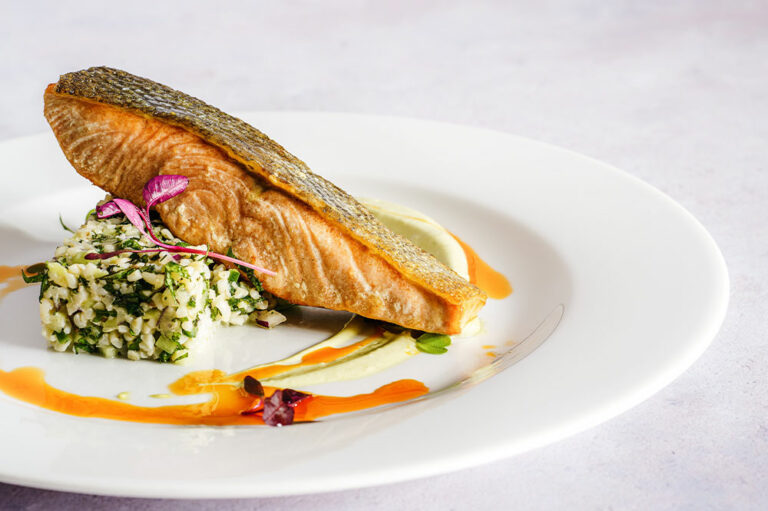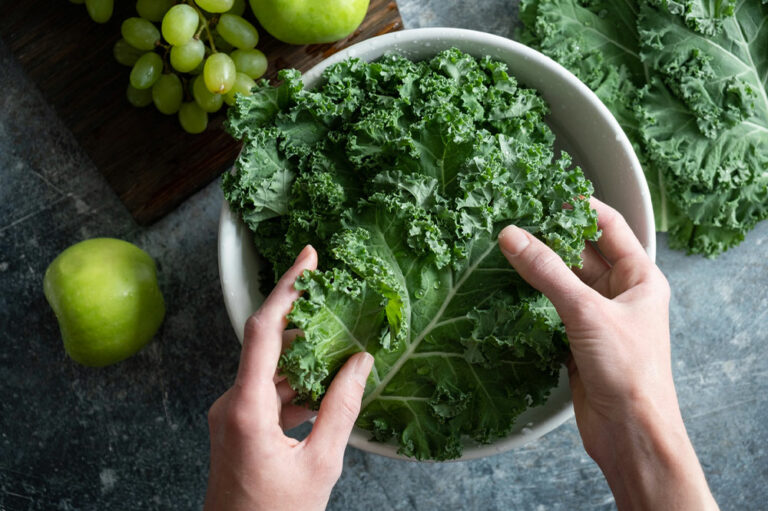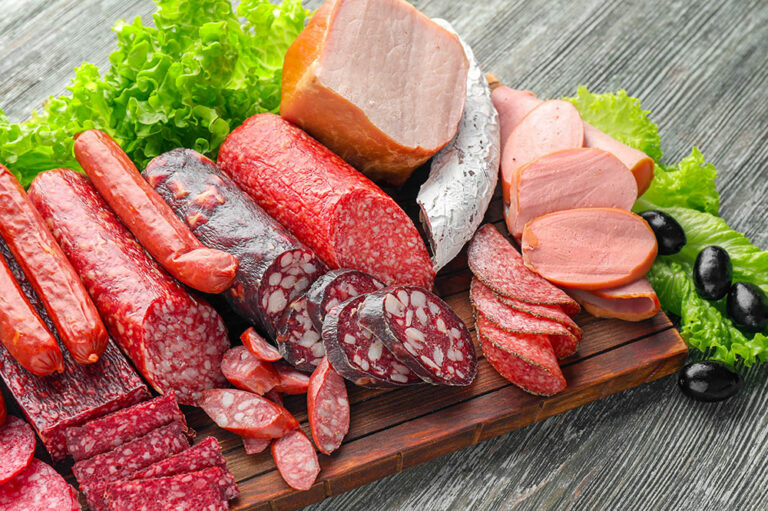
health
4 foods to avoid with ADHD
ADHD, short for Attention Deficit Hyperactivity Disorder, is a mental health condition commonly observed in children between the ages of 3 and 7. It can also be diagnosed later in life and continue into adulthood if left untreated. ADHD primarily affects one’s behavior patterns, making one seem restless, have trouble concentrating, and feel hyperactive. While the disorder can be treated with remedies and behavioral therapy, certain foods can help ADHD patients manage their symptoms better. Can food affect ADHD? Yes, studies show that food and ADHD are closely associated. A Harvard study has proven that people who eat healthily are able to regulate their emotions better, manage stress, and enhance their brain functions. What foods should ADHD patients avoid? People with ADHD must be mindful of their eating habits because certain foods tend to aggravate its symptoms. Candies It is advised for one to reduce or completely stop having foods with refined sugar and saturated fat. The refined carbs in packaged sugar candies trigger a quick spike, followed by a crash in blood glucose levels. While the spike causes hyperactivity, the crash in sugar level leaves people feeling spacey, confused, and inattentive. Cakes and frosting Cake mix and frostings are loaded with artificial sweeteners and refined sugar, which causes hyperactivity. So, people with ADHD specifically should avoid them. Patients with a sweet tooth can instead opt for healthy sweet snacks like dates, fruits, homemade peanut butter, and more. Caffeine Caffeine, classified as a nervous system stimulant, hampers blood flow to the brain. Excessive caffeine consumption can result in nervousness, anxiety, rapid heartbeat, restlessness, migraines, and sleeplessness. This might trigger ADHD symptoms. Soda and energy drinks Carbonated soft drinks, soda, and energy drinks contain additives, including sugar, artificial sweeteners like high-fructose corn syrup, artificial colors, and other stimulants that exacerbate ADHD.










